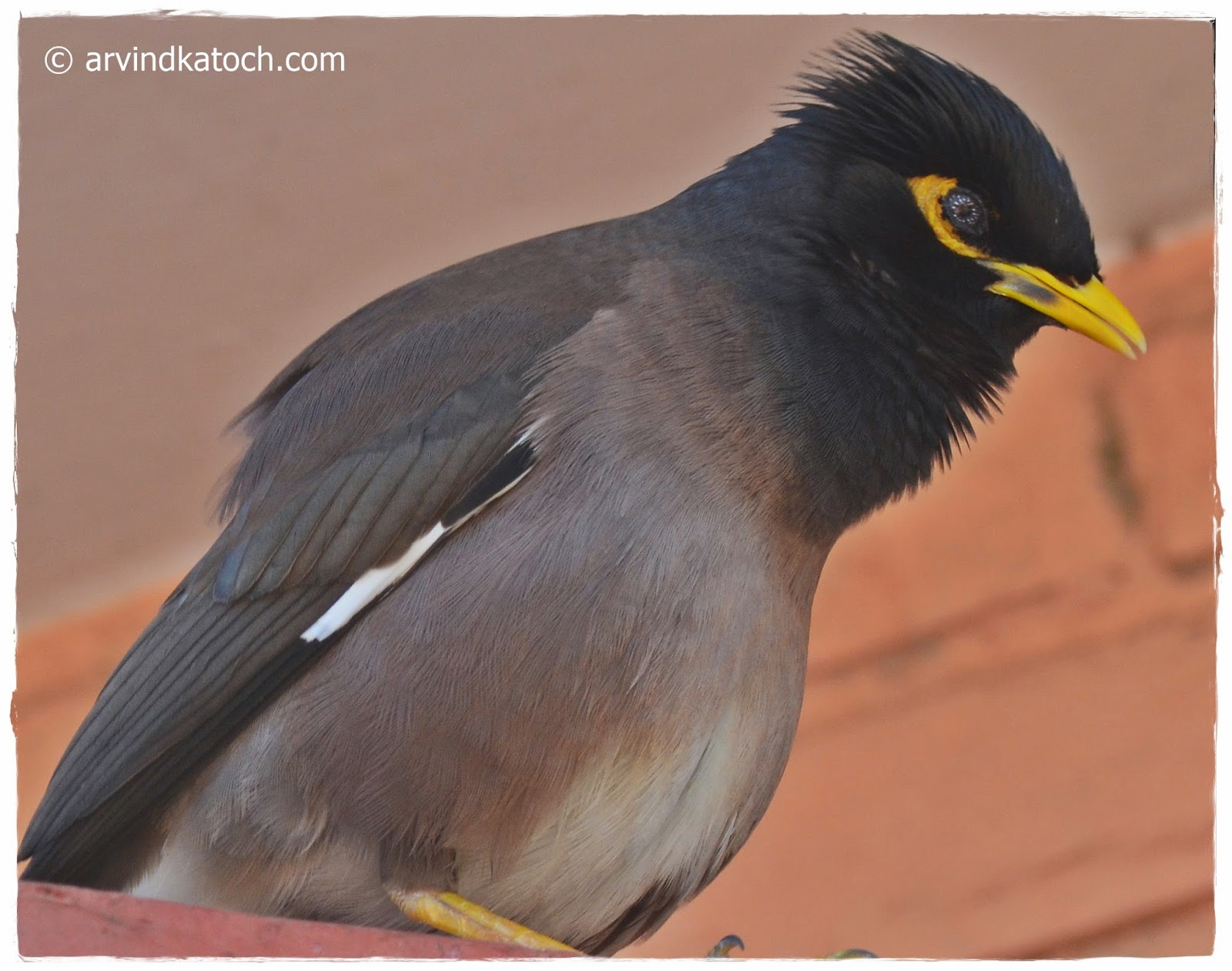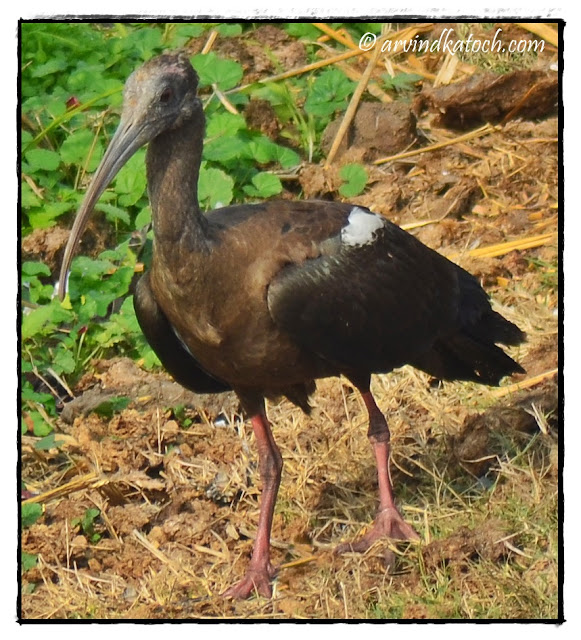The Common (Indian) Myna Pictures and Detail (Acridotheres tristis)
 |
| Close up Common Myna |
The Common (Indian) Myna Pictures and Detail (Acridotheres tristis)
As the name suggests, this bird is very common in India and it is one of the most invasive birds in the present world. Common Myna is one such bird that makes her presence felt to you by coming very close to humans.
Buy The Canvas Wall Decor Gallery Wrap of Common Myna
Now you can get the beautiful famed Poster or Canvas of the Common Myna Picture shown below. The shipping option is available worldwide.
 |
| Common Myna Canvas for Wall |
Buy this Canvas Common Myna Gallery Wrap for Home Decor (worldwide)
In India, we can find this bird in a big number with other species and subspecies of it. Common or Indian Myna is one bird about which a maximum number of people must have knowledge that they exist because they are everywhere and they have best adapted themselves to the urban lifestyle. These birds can be truly said to be the competitor of crows because they can be seen fighting with crows for food items.
The scientific name of these birds is Acridotheres Tristis and they belong to the Sturnidae family of birds. Common Myna is a native bird of Asia; however, now this bird is found in most parts of the world, and in Australia, it is declared a threat to biodiversity. Adaptability is the main key element in these birds that makes them so successful. We can even find this skill in all myna birds.
The main food of common myna is insects, human waste, seeds, grains, small reptiles, small mammals and fruits. With so long a list of food, Common myna can survive anywhere, therefore, we find them now everywhere.
In my home, they come very often to take some share from the dog food, sometimes, when the dog doesn't eat his food, then this time is like a party for common Myna.
 |
| Common Myna Looking for Dog Food |
We can find this bird alone, in pairs, in groups or in mixed groups. It is common to see them walking to go close to food or to catch insects. Being declared an invasive species, its population is to decrease in some countries like Singapore.
 |
| Close Up Two Common Myna |
Some people also put the common Myna in cages because of its sweet voice and speaking ability. However, I have never seen them in captivity.
 |
| Common Myna |
All pics by Arvind Katoch
Buy second Common Myna Pairs Canvas Gallery Wrap
Now give your home an excellent look with these beautiful Common Myna pairs Canvas for your wall. In this picture, we can easily see the male and female common myna birds sitting adjacent to each other. This pair of common myna canvases will surely increase the love vibes in your home and attract positive energy.
Some main points about Common Myna Bird-
Taxonomy: The Common Myna belongs to the family Sturnidae, which includes starlings and mynas. It is native to South Asia and has been introduced to many other regions around the world.
Appearance: Common Mynas are medium-sized birds with brown plumage, a yellow eye patch, and bright yellow legs and beak. They have white wing patches that are visible in flight.
Habitat: They are highly adaptable and can be found in a wide range of habitats, including urban areas, agricultural fields, open woodlands, and grasslands.
Behavior: Common Mynas are known for their gregarious nature and are often seen in large flocks. They are social birds that communicate using a variety of calls and songs. They are also known for their agility and can be seen hopping and foraging on the ground.
Diet: They are omnivorous birds, feeding on a diverse diet that includes insects, fruits, berries, scraps of food, and even small vertebrates. They are often seen foraging for food near human settlements, making them opportunistic scavengers.
Breeding: Common Mynas typically breed during the warmer months. They nest in tree hollows, crevices, or man-made structures like buildings and nest boxes. They lay a clutch of eggs, and both parents share the responsibility of incubation and feeding the chicks.
Invasive Species: In many regions outside their native range, Common Mynas are considered invasive. They can outcompete native bird species for resources and are known for displacing local wildlife.
Vocalization: Common Mynas are known for their loud and varied calls, which include whistles, chattering, and squawks. They are vocal throughout the day and use their calls for communication within the flock.
Conservation Status: The Common Myna is listed as a species of "Least Concern" on the International Union for Conservation of Nature (IUCN) Red List. Their adaptability to human-altered landscapes has helped them maintain stable populations.
Cultural Significance: In some cultures, Common Mynas are considered sacred or are associated with folklore and superstitions. They have also been featured in various forms of art and literature.
Control Measures: Due to their invasive nature in some regions, efforts have been made to control Common Myna populations through trapping and culling. However, these measures can be controversial and have faced opposition from animal welfare groups.
In summary, the Common Myna is a highly adaptable bird species with a widespread distribution, known for its social behavior, opportunistic feeding habits, and adaptability to urban environments. However, its invasive nature in some regions has raised concerns about its impact on native wildlife.













Comments
Post a Comment